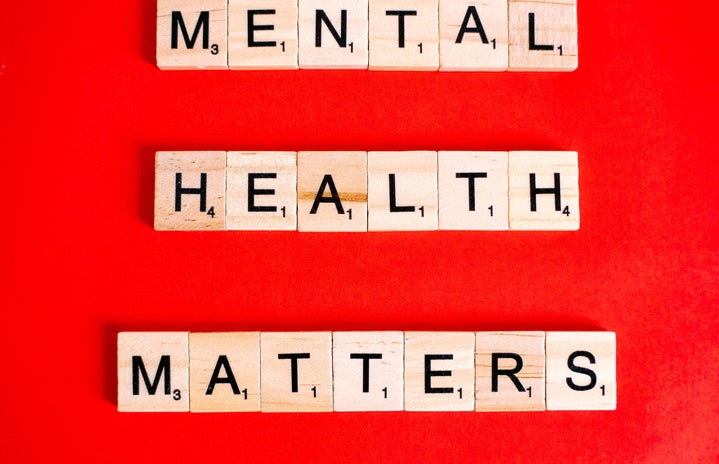During the 2000s, a subculture known as emo gained popularity thanks to emo pop-punk bands such as My Chemical Romance, Fall Out Boy, Paramore, and Panic! at the Disco. Emo subculture is characterized by introversion, introspection, sensitivity, empathy, and individuality, consisting mostly of young people trying to find their identity. However, when you hear the word “emo”, words such as “depressed”, “self-harming”, and “suicidal” may come to mind. Too often has the news blamed emo subculture for being a cult that promotes poor mental health. While it is true that conversations in online emo communities addressed struggles with cutting and contemplating suicide, I argue that the news has mistakenly warned parents about this subculture, when in reality, emo encouraged people to talk about mental health. In honor of May being Mental Health Awareness Month, I want to celebrate how emo subculture got people talking about mental health.
First of all, similarly to past alternative subcultures such as goth and punk, emo challenged mainstream society. Emerging around the same time as the digital age, online blogs united emos as a safe haven from bullying they endured at school. Oftentimes, emos, especially emo boys, were physically abused and labeled as effeminate. Emo challenged gender norms by encouraging boys to express their emotions. In opposition to society telling boys to be stoic, emo music assured boys that they could cry. Emo music dealt with lyrical themes of heartbreak, feeling like an outcast, and angst that many teens related to. For instance, bands such as My Chemical Romance and The Used had vocalists who were open to talking about their experiences with depression, enabling fans to connect with their music. Male artists in emo pop-punk music further challenged society by their looks. They commonly wore eyeliner (referred to as guyliner) and dressed in ways different from mainstream society. This style was well-received by fans; boys wore tight-fitting clothing, makeup, and dyed their hair similarly to their favorite artists. Thus, emo became a community where boys could be vulnerable and express their individuality without being judged.
MySpace is often credited as the blog that propelled emo subculture as a community. This social media site was commonly used for bands to promote their music and for users to share music recommendations to each other. Users further connected through talking about mental health, mental illness, and poor relationships with family and peers. Social media was a way for these “social outcasts” at school to foster friendships with people who understood their struggles. At this time, social media was not as widely used to the extent that it is today and was home to many niche groups, meaning that the “popular” kids were not in the same online communities as the “emo” kids. Online communities also had very little adult supervision. This lack of a social hierarchy and authority meant that users could talk about the darker parts of life without being mocked or interrupted by those who didn’t understand their struggles. The combination of music and community on social media helped provide teens with a sense of comfort that they weren’t suffering alone.
While music and online communities provided a sense of togetherness in suffering, the relationship between emo subculture and mental health goes even further thanks to the mental health organization To Write Love on Her Arms (TWLOHA). This organization gained popularity on MySpace after a story posted by the organization’s owner about his friend’s battle with depression and addiction went viral. Bands such as Paramore, Panic! at the Disco, A Day to Remember, and The Red Jumpsuit Apparatus among others began adding TWLOHA to their MySpace Top 8 and sported merch from the organization. TWLOHA continued reaching out to the emo community by attending Warped Tour, an emo pop-punk music festival, for a decade.
Emo subculture has received a lot of criticism from mainstream media. In honor of Mental Health Month, I hope this article helped you see a different perspective of this subculture in how it provided a community for people who struggled with mental health and not fitting into traditional gender roles by bringing together music, peers, and professional support.

